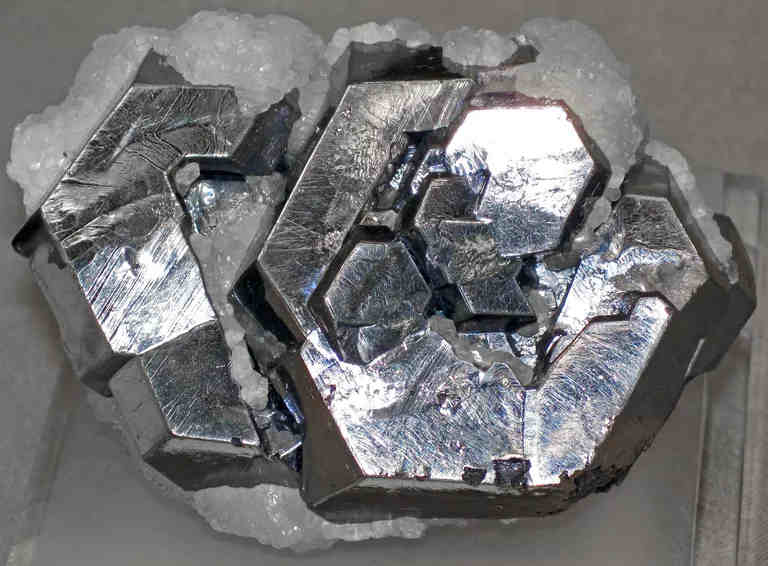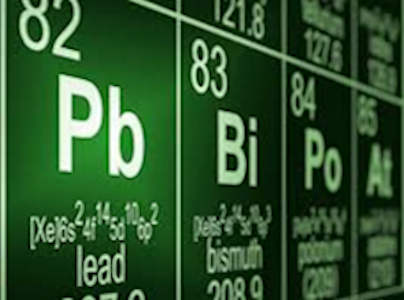Overview of Lead

Lead is a chemical element. It is a heavy metal that is denser than most common materials.
Lead is soft and malleable and also has a relatively low melting point. Its high density, low melting point combined with its relative abundance and low cost, resulted in its extensive use in construction, plumbing, batteries, bullets, weights, solders, pewters, fusible alloys, white paints, leaded gasoline, and radiation shielding.
In the late 19th century, lead’s toxicity was recognized and its use has since been phased out of many applications. Lead is a neurotoxin that accumulates in soft tissues and bones; it damages the nervous system and interferes with the function of biological enzymes, causing neurological disorders, such as brain damage and behavioral problems. Lead can harm production of blood cells and the absorption of calcium needed for strong bones and teeth, muscle movements, and the work of nerves and blood vessels. High lead levels can cause brain and kidney damage.
Where is Lead Found
Lead can be found in all parts of our environment—the air, the soil, the water and even inside our homes. Much of our exposure comes from human activities including the use of fossil fuels including past use of leaded gasoline, some types of industrial facilities and past use of lead paint in homes. Exposure to lead can occur by contaminated air, water, dust, food or consumer products.

Lead-based paint and its dust, usually found in older buildings, are common sources of exposure. Young children are especially at risk. Occupational exposure, such as welding, is a more common cause for adults. Symptoms include developmental delays, abdominal pain, neurological changes, and irritability. At very high levels, it can be fatal. Treatment always involves avoiding further exposure to lead or lead-based products and may include medications to help remove lead from the body.

Risk is Greater in Children
The risk of lead poisoning is greater in children as they are more likely to put objects in their mouths such as those that contain lead paint. Therefore, they absorb a greater proportion of the lead that they eat.
